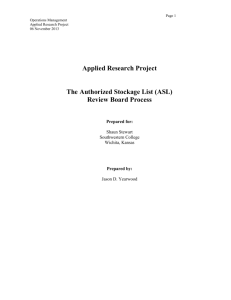File
advertisement
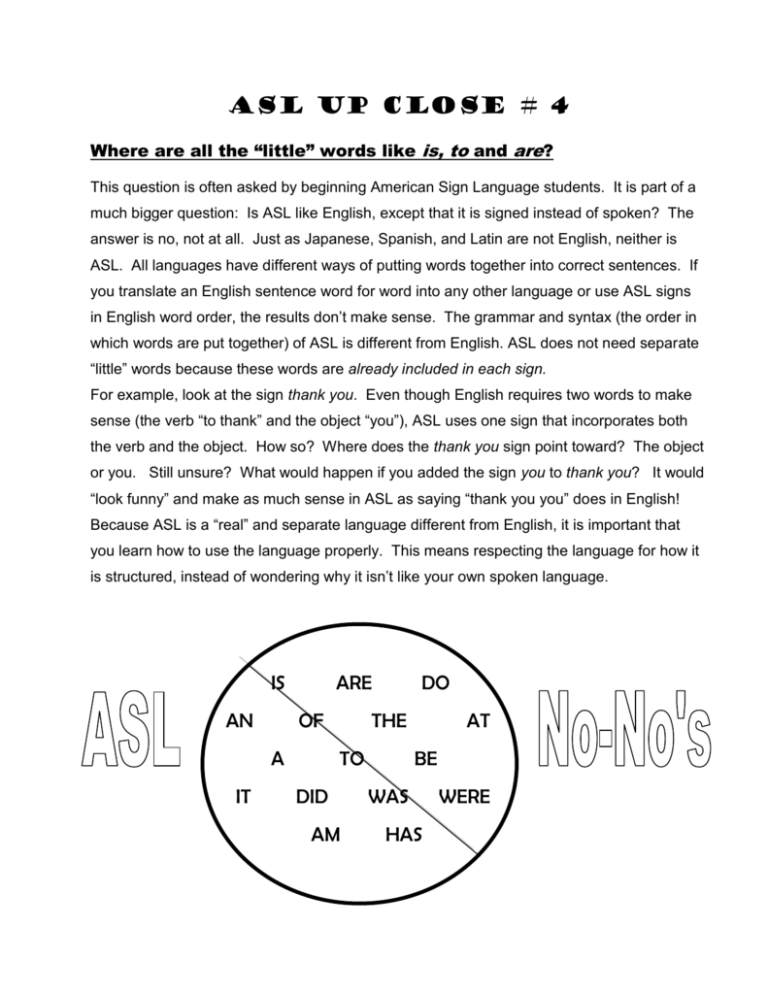
ASL Up Close # 4 Where are all the “little” words like is, to and are? This question is often asked by beginning American Sign Language students. It is part of a much bigger question: Is ASL like English, except that it is signed instead of spoken? The answer is no, not at all. Just as Japanese, Spanish, and Latin are not English, neither is ASL. All languages have different ways of putting words together into correct sentences. If you translate an English sentence word for word into any other language or use ASL signs in English word order, the results don’t make sense. The grammar and syntax (the order in which words are put together) of ASL is different from English. ASL does not need separate “little” words because these words are already included in each sign. For example, look at the sign thank you. Even though English requires two words to make sense (the verb “to thank” and the object “you”), ASL uses one sign that incorporates both the verb and the object. How so? Where does the thank you sign point toward? The object or you. Still unsure? What would happen if you added the sign you to thank you? It would “look funny” and make as much sense in ASL as saying “thank you you” does in English! Because ASL is a “real” and separate language different from English, it is important that you learn how to use the language properly. This means respecting the language for how it is structured, instead of wondering why it isn’t like your own spoken language. IS AN ARE OF A IT DO THE TO DID AM AT BE WAS HAS WERE

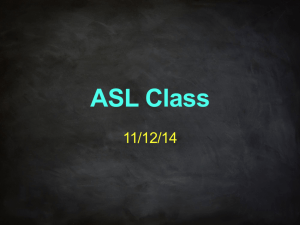

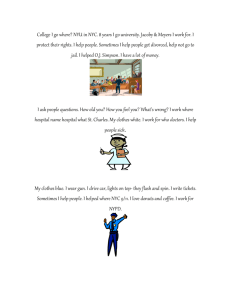

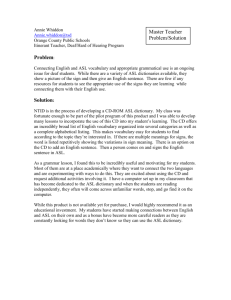
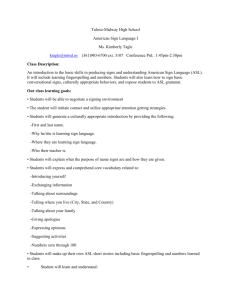
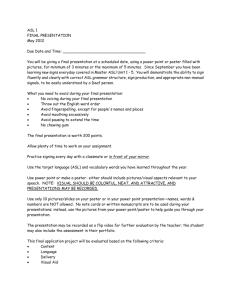


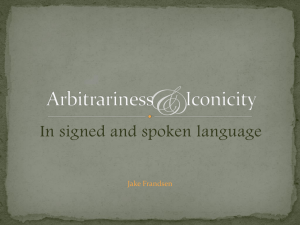
![Parametric variation in H1/H2 Shift: Switch Reference in Serial Verb... [ENGL] In this work we explore the role of H1/H2-shift as...](http://s2.studylib.net/store/data/012886827_1-a773375700969050343eb23cbf18e6b0-300x300.png)
